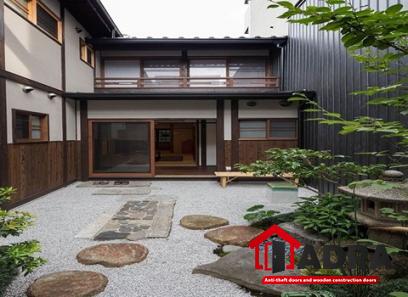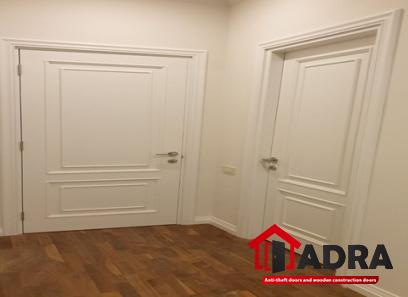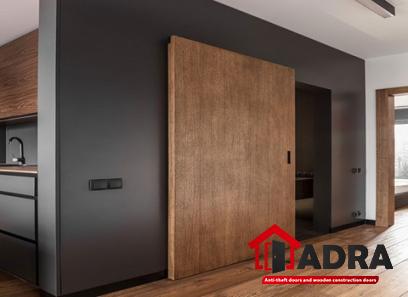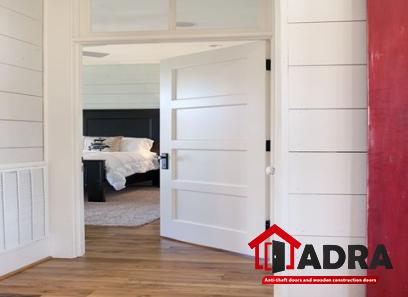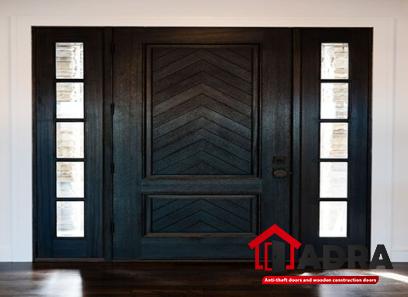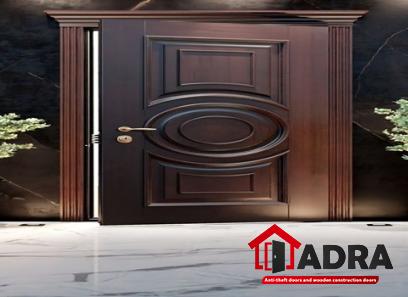Best interior door gloss paint + Great Purchase Price
Both your home’s wooden interior and exterior doors require some form of external wood treatment like gloss paint types to keep them from deteriorating
This may occur, particularly if the front entrance is exposed to inclement weather
The deterioration of your front door’s sheen might be caused by a lack of external wood treatment on wooden front doors
Applying a thick layer of paint to your front door is the greatest approach to updating and revitalizing its appearance
In fact, painting a door may keep it from warping
The process of selecting the ideal paint color and paint finish for the door begins after you have repaired any possible damage to it
A front door painted in high gloss paint might give off the impression of having the world’s most glitzy appearance
Although high gloss paint gives the door a more modern appearance, it is the most conventional finish you may select
High gloss paint has a long lifespan

Gloss paint’s durability and suitability for usage in high-traffic areas make it an excellent choice for the front door, among other crucial reasons
The gloss paint is also extremely simple to clean
The front door is in contact with oil and dust
With a glossy surface, you can remove dirt and grease with a small piece of cloth very quickly
High gloss painted front doors catch people’s eyes, reflect light, and appear brand new
Oil-based gloss paint produces a hardened surface that is extremely scratch-resistant and is simple to clean
Additionally, these paints can withstand exposure to salt and airborne moisture
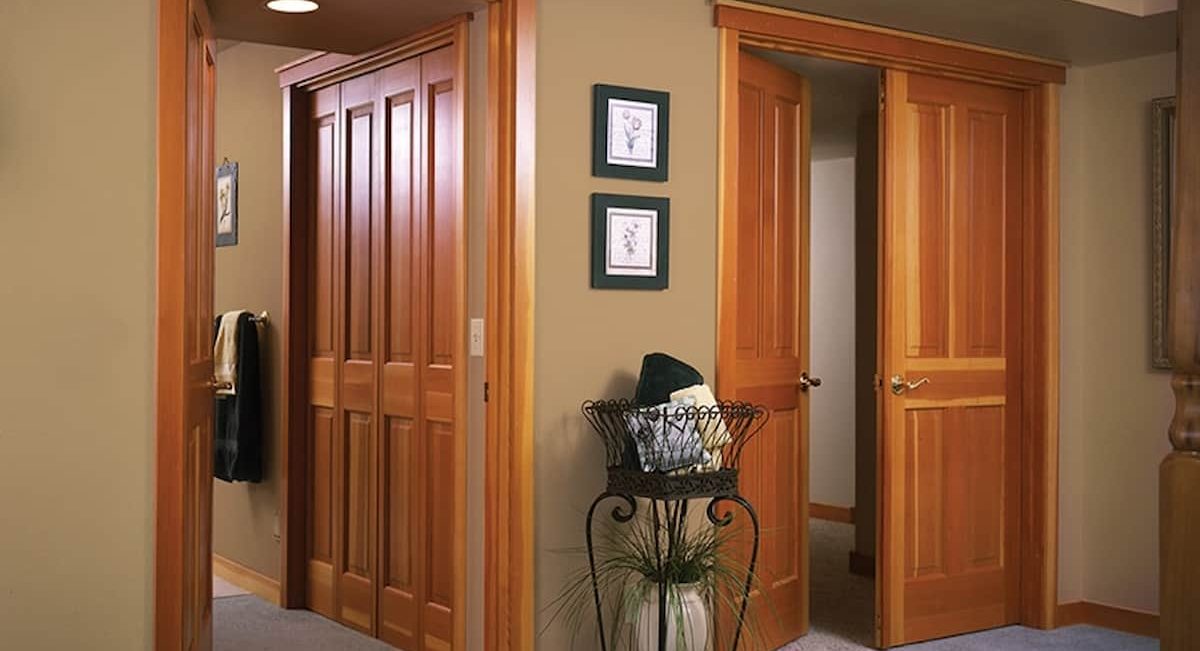
Paint for doors
Ready for painting the interior doors? When you intend to paint a house, it is crucial to understand what paint finish is ideal for interior doors
Important for many reasons, but crucial to understanding in order to avoid having to paint inside doors again anytime soon
Today’s common paint suppliers all provide a paint finish that is specially made for interior doors and trim
Semigloss is the most common name for this paint finish
Further, a finish that is even glossier is referred to as gloss or high gloss: Semi-gloss, Gloss, High gloss
The simpler it is to clean, having more scrapes without damaging the real paint covering, the glossier the surface
Knowing that doors take up a significant area of your house, just like your furniture, means that dusting and cleaning them is crucial
Needs frequent cleaning, washing down with a sponge and a mild detergent, or just gently wiping over with a moist wiping cloth
Getting a lot of traffic from hands

Like furniture, most doors tend to accumulate dust, so if you regularly dust, doors should be on your list of things to clean and dust
Semi-gloss, gloss, or high-gloss acrylic latex paint has a shine that enables this crucial washing, wiping and dusting
These paint finishes are comparable to fine furniture in that they also have a smooth feel
A furniture polish like Pledge® or Scott’s Liquid Gold may also be used after cleaning thanks to glossier paint finishes
On flat or eggshell paint finishes, use caution and avoid using any oils, waxes, or polishes
A semi-gloss, gloss, or high gloss paint finish, which sees the greatest activity, protects these surfaces better since interior doors are constructed of a tougher material than the walls themselves
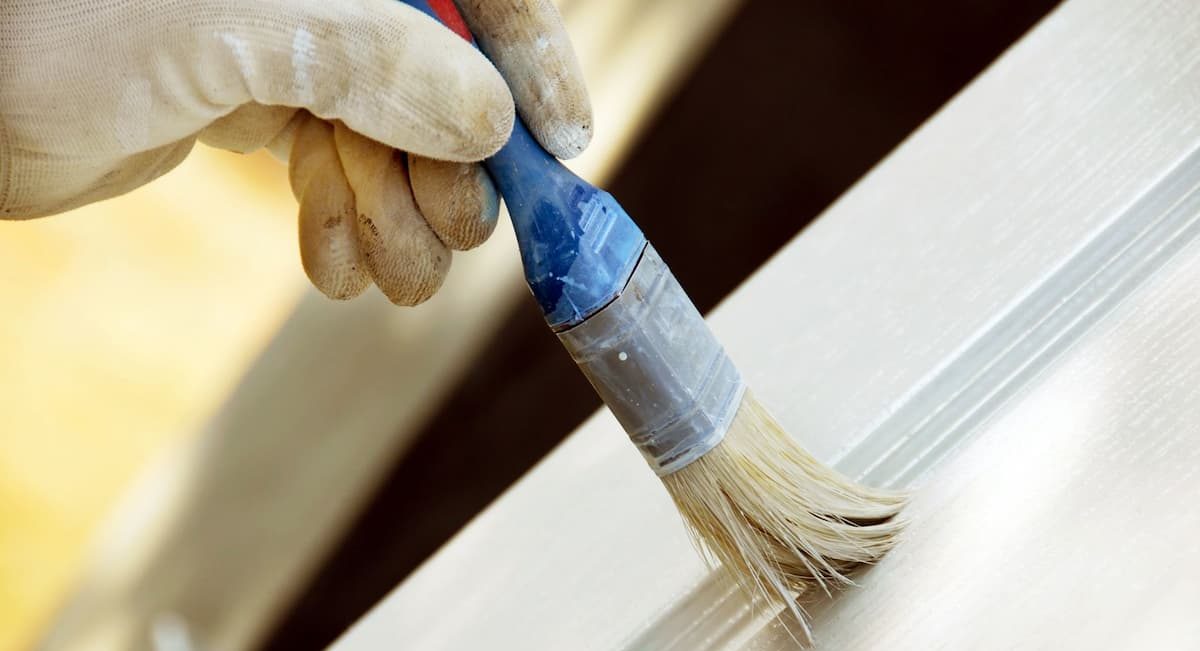
Semi gloss paint for doors
The paint we use for doors is more durable the higher the sheen’s gloss levels
Both semi gloss and high gloss provide sufficient resistance for use on interior doors, although selecting one may depend on where each door is placed and if there are youngsters or dogs who routinely scuff the doors
Interior doors need paint that is durable and washable
Semi-gloss paint is a close second to high-gloss paint in terms of durability and cleaning ease
Due to its highly reflecting qualities, high-gloss paint has the drawback of revealing faults more than any other paint
If the door surface has several dents and dings, semi-gloss paint is the best option of the two since it delivers the same durability as high-gloss paint while still being simple to clean

If you are only considering high-gloss and semi-gloss paints, use high-gloss to safeguard the door trim and choose semi-gloss for the door itself
This protects both surfaces while giving the two regions a slightly distinct finish
Semi-gloss paints are more resilient than flat paints with a matte finish even if they lack the high sheen or luster of high-gloss finishes
This glossier style of paint is a fantastic option for any place you need to clean often, such as playrooms, family rooms, or kitchen cabinets since it is fairly stain-resistant
Semi-gloss paint may be used for major painting projects, such as redoing your bathroom walls, and is simple to use for tiny touch-ups on toys and furniture
Semi-gloss paint is preferred to matte paint for preventing the formation of mold since semi-gloss paint contains more polyurethane than matte paint
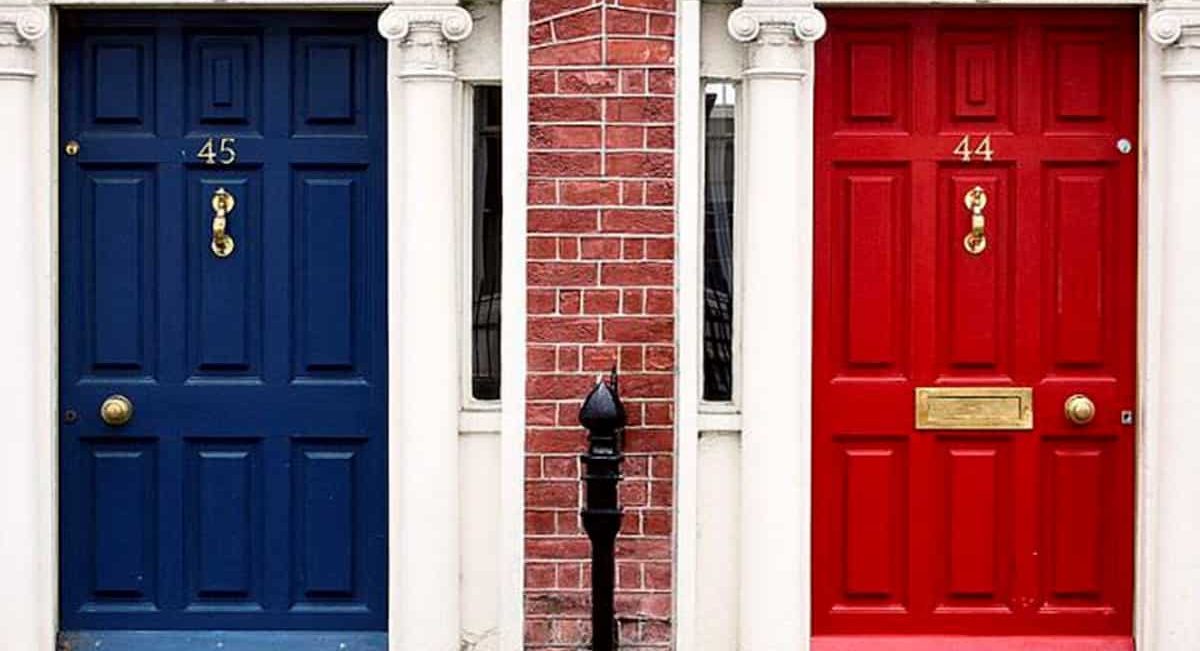
How to paint a wooden door
An attractive approach to updating the house is to give each wooden door of it, whether interior or exterior, a fresh layer of paint
But how? Even if it doesn’t seem like a challenging undertaking, it’s worth spending the time to do it correctly, particularly on doors with panels or other features that might be challenging to paint
The job should be simple if you take the time to prepare and paint your wooden door correctly
Select the implements you’ll use on your door
Paint your flat door using a paint roller if you have one
Before beginning, cover the floor of the space you will be painting with a tarp or other protective drop cloth
If your door is flat, paint it similarly to how you would a wall
Cover the door with a paint roller and long, fluid vertical strokes
start by using a paintbrush to edge the door
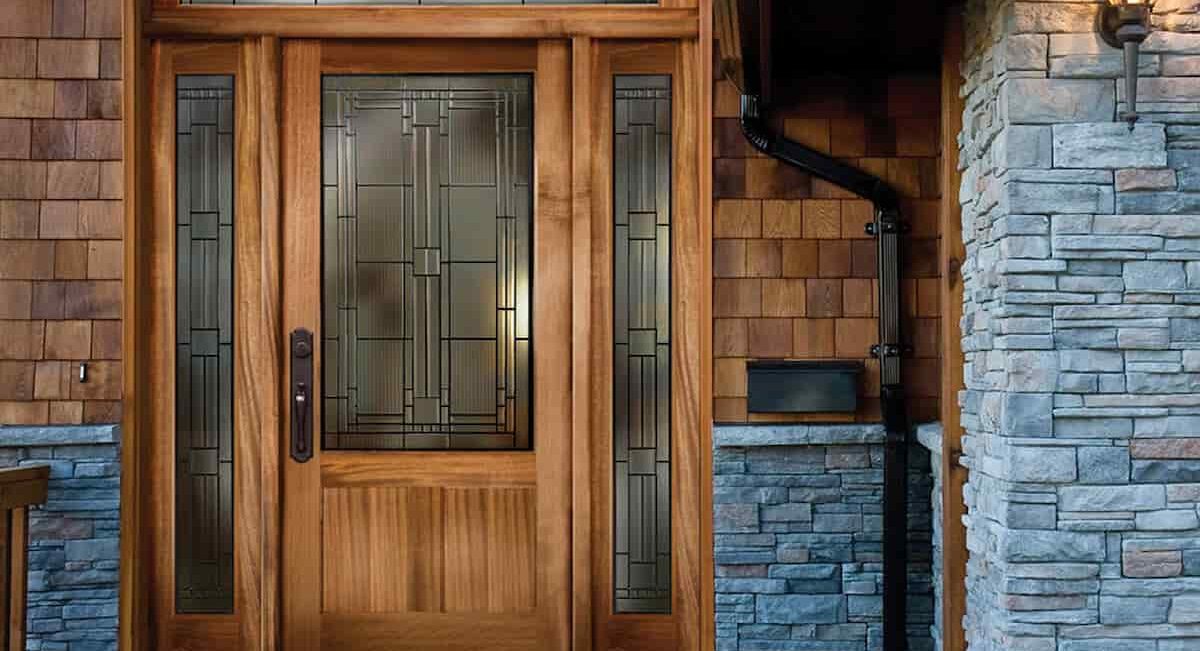
Next, go to the panels’ recessed areas before working outward to the door’s flat surface
Cover hinges and anything else you don’t want to paint before beginning to paint a door that is already in place
In order to hide the edges, you need carefully blend both brush and roller markings
After it is finished, proceed to fill in the door frame on the outside
Keep an eye out for regions with thick paint since such areas may develop drip marks when the paint dries
Watch the panel edges as well to make sure the paint is applied evenly
You can paint both sides of a door simultaneously if you paint it while it’s in the hinges, which is one benefit
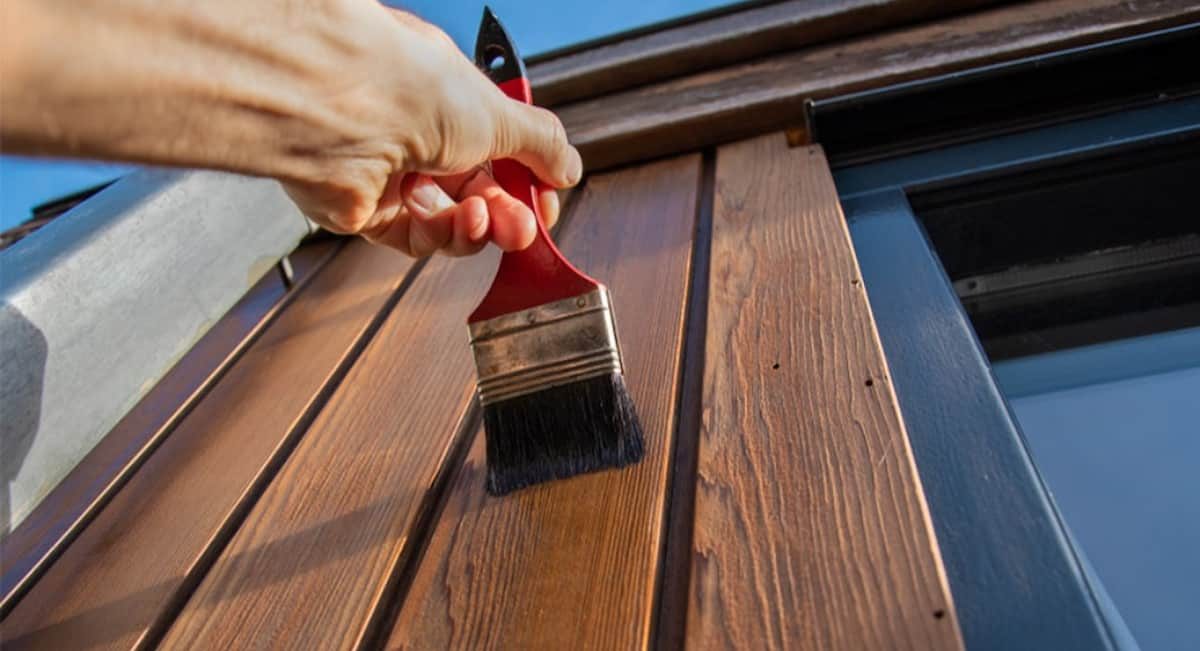
Paint colours for windows and doors
The exterior paint colours you choose for the doors and windows of your home might be one of the most essential design options you ever make since they greatly influence how it looks and feels
Fortunately, there are several manners you might use to make the choice less intimidating
The primary color, also known as the field color, the accent color, and the trim color should all be taken into account when selecting a color scheme for your house
Neutrals and earth tones will be your best choice if the houses around you primarily have subdued colors so that your house doesn’t stand out
Consider combining a white or gray field color with a striking yellow front door or a brown or beige field color with cheery green shutters as accent colors
Almost every exterior appears clean and crisp with white trim, but many color schemes also work well with brown, black, and gray
To improve curb appeal and make your front door more welcome, consider adding a pop of stunning color

Take inspiration from these vibrant front doors
Homes with symmetry provide a feeling of formality, refinement, and tradition
The architecture is highlighted by a vivid blue door, keeping the siding from blending in with the background entirely
To get this gorgeous blue color, use Lake Breeze paint from Valspar
The entry to this remarkable contemporary house has a canary yellow façade with a green welcome mat
Along with the vivid bursts of color, multicolored wood-paneled exterior walls give the building a neutral, artisan appearance
Although purple is a cozy and welcoming color, the entrance door’s brownish-purple hue is what makes the room come alive
To get this appearance, use Raisin from Sherwin Williams
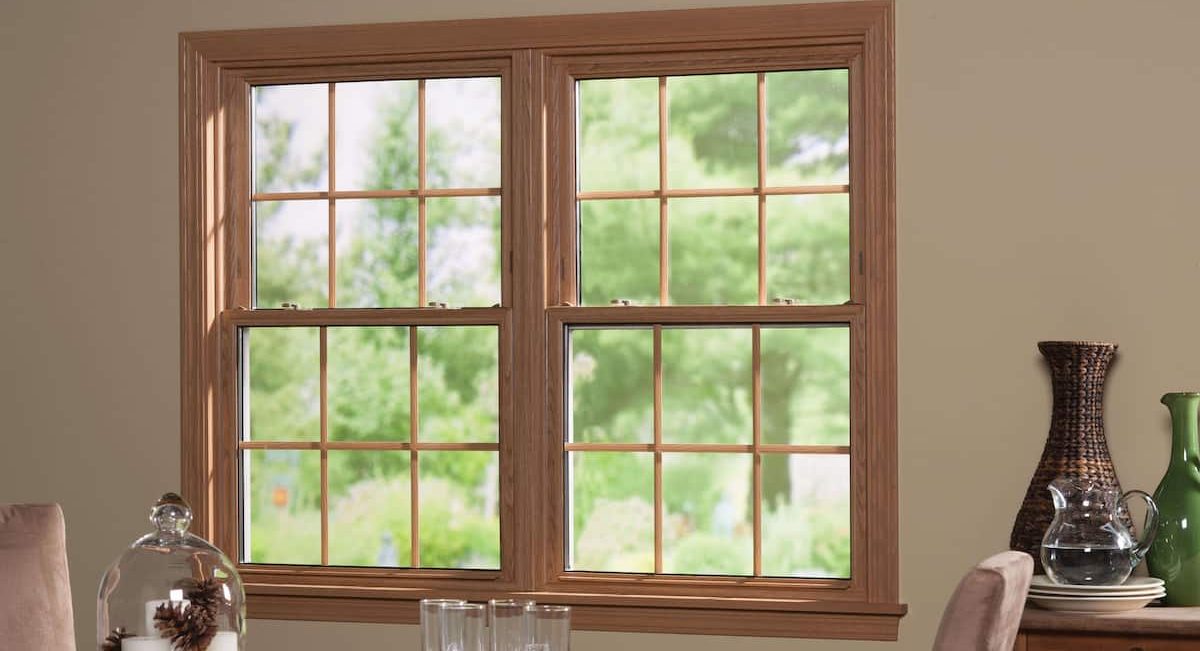
Door primer
Fresh paint used with some primer makes both interior and exterior door types appear nicer but correct application is necessary to ensure that the paint goes on smoothly and doesn’t peel off
Primer creates a smooth, spotless surface for the new paint while concealing minor flaws or existing finishes
Standard water-based latex paints have the potential to cause the wood grain to rise, therefore wood doors need oil-based priming and paint
Disconnect the door’s hinges
By driving a nail into the hinge channel’s bottom, you can force the hinge pins out
Lightly tap the nail with a hammer to force the pin from the hinge
To get rid of surface grime and grease, use an ammonia-based cleaner to wipe down both sides of the door
Dry your wipes entirely
With 120-grit sandpaper or a sanding sponge, gently sand the door
Old gloss should be removed so that the whole door appears drab yet feels smooth
Utilizing the corner of a sanding sponge, round out the inner edges
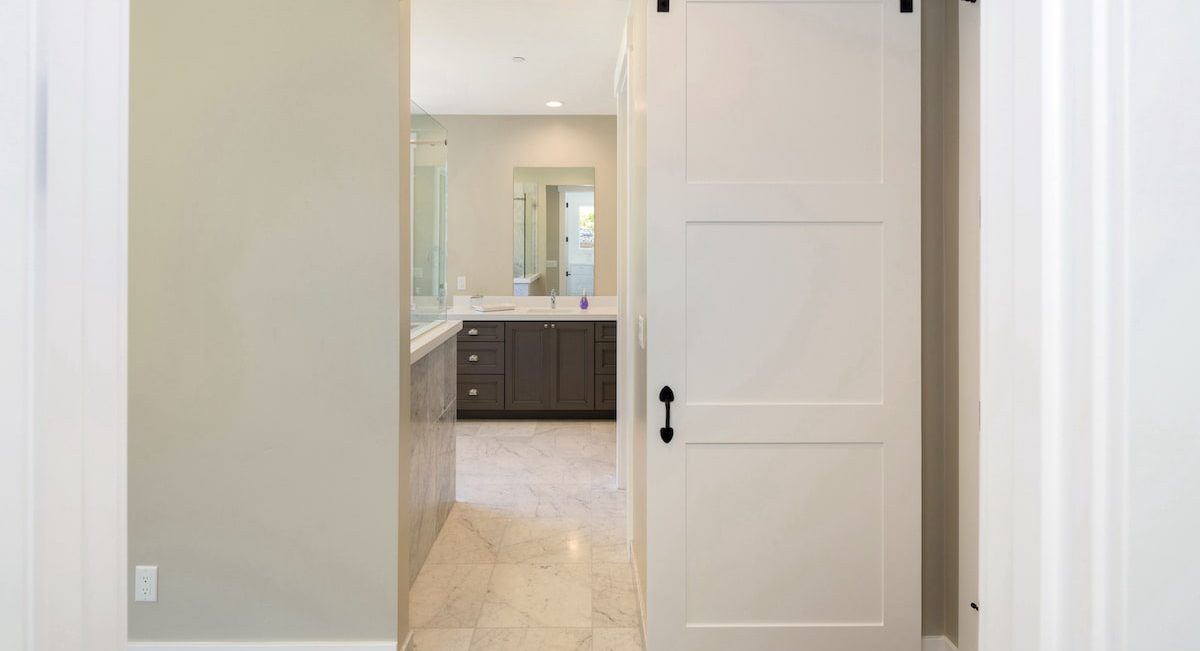
To get rid of all the sanding dust, wipe off the door with a cloth that has been gently dampened
Utilizing an oil-based primer, paint the door
Paint the inside of the corners first, using a small brush to achieve a smooth, equal application
The primer should be applied to the door’s flat surfaces using a larger brush or a small roller
Prior to turning the door and painting the opposite side and edges, let the first side of the door dry
After the priming layer has fully dried, softly sand it with 120-grit sandpaper
Sanding helps to smooth out minor imperfections in the primer and slightly roughens the surface to improve the adhesion of the final paint layers
The door should be painted the chosen color after being cleaned of sanding dust
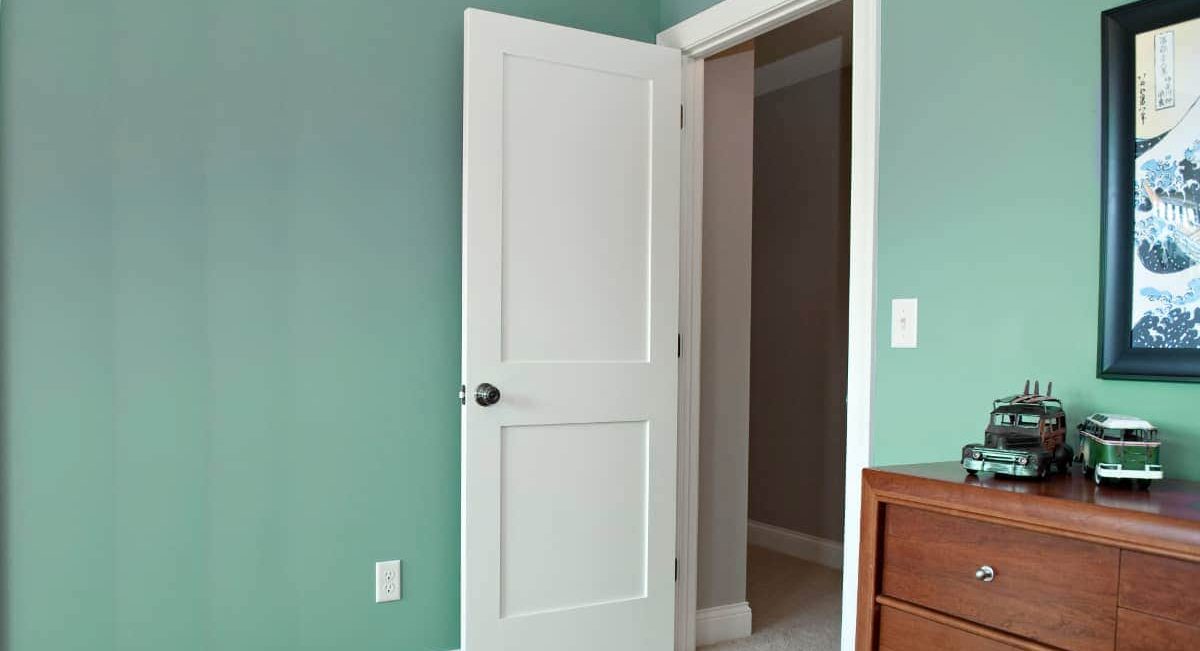
Best paint for interior doors and trim
Do you want to know the best kind of paint and also trim for the interior doors of your house? Finding the ideal paint for any decorating job may be challenging, which is why our experts, with their wealth of knowledge in the decorating industry, have put together this guide to the best paints for interior doors so you can choose the paint that’s right for you
Let’s first discuss what inside door paint genuinely means
Timber products ranging from softwood to hardwood are used to make interior doors
There isn’t a special interior door paint, although there are a variety of paints made for use on interior wood surfaces including doors, skirting boards, and furniture
The distinction between paints must be made while talking about them
As you are aware, paints are available in a variety of finishes with different levels of “sheen,” or the amount of light they reflect
Beyond how they reflect light, durability is the main distinction between these finishes
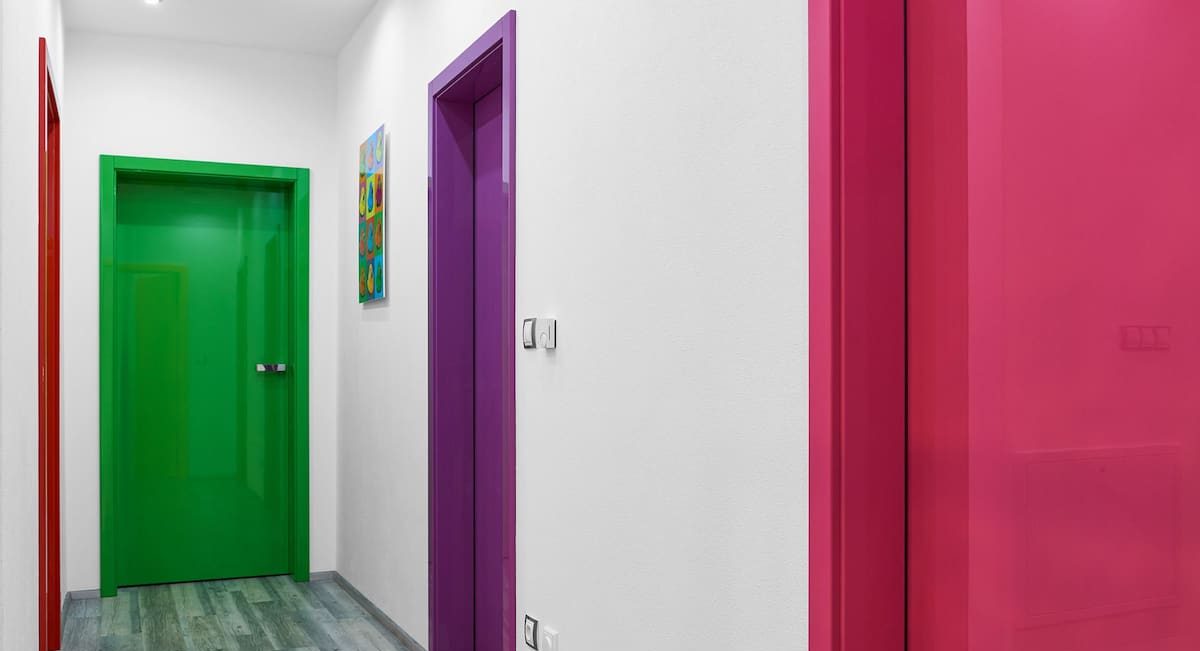
The paint has greater durability the higher the shine
Additionally, there are two basic types of paints: water-based formulations and oil-based formulations
Trade paint and retail paint are the two variations of every major paint manufacturer’s product
In contrast to retail paint, which is of lower quality and costs less, trade paint is better quality, more durable, leaves a smoother finish, and has greater coverage
Despite the fact that trade paint is more costly, trade paint really provides far better value for money than retail paints because of the greater coverage and superior durability
The full spectrum of colors would be available for our clients worldwide to choose between and enjoy a great sensation of alteration in their house façade and enjoy swinging their doors open and shut

